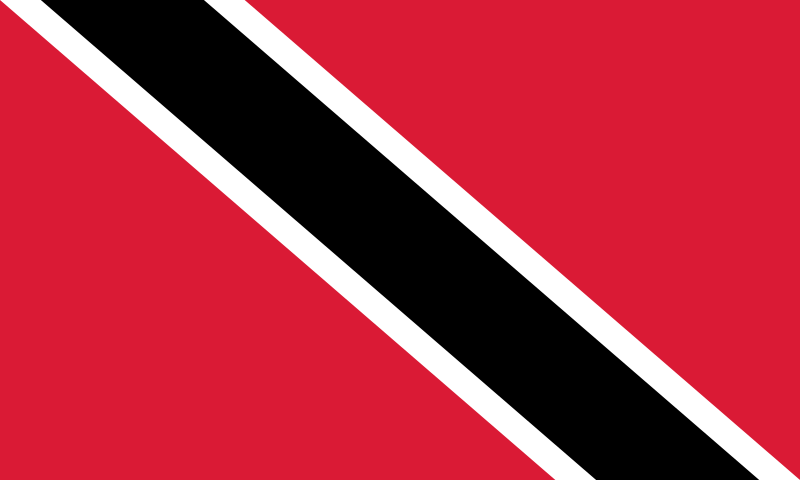 The Republic of Trinidad and Tobago (pronounced /ˌtrɪnɪdæd ænd toʊˈbeɪgoʊ/) is an archipelagic state in the southern Caribbean, lying northeast of the South American country of Venezuela and south of Grenada in the Lesser Antilles. It shares maritime boundaries with other nations including Barbados to the northeast, Guyana to the southeast, and Venezuela to the south and west.
The Republic of Trinidad and Tobago (pronounced /ˌtrɪnɪdæd ænd toʊˈbeɪgoʊ/) is an archipelagic state in the southern Caribbean, lying northeast of the South American country of Venezuela and south of Grenada in the Lesser Antilles. It shares maritime boundaries with other nations including Barbados to the northeast, Guyana to the southeast, and Venezuela to the south and west.
The country covers an area of 5,128 square kilometres (1,980 sq mi) and consists of two main islands, Trinidad and Tobago, and numerous smaller landforms. Trinidad is the larger and more populous of the main islands; Tobago is much smaller, comprising about 6% of the total area and 4% of the entire population which is estimated at 1.3 million (2005). The nation lies outside the hurricane belt.
Trinidad and Tobago was a Spanish colony from the times of Christopher Columbus to 1802, when it was ceded to Britain. The country obtained independence in 1962.
Unlike most of the English-speaking Caribbean, Trinidad and Tobago’s economy is primarily industrial, with an emphasis on petroleum and petrochemicals. Trinidad and Tobago has a sound macroeconomic framework and a long tradition of institutional stability. It scores relatively well in many of the 10 economic freedoms, and its economy has grown at an average rate of close to 7 percent over the past five years. The government has tried to diversify the economic base, and the country has evolved into a key financial center in the Caribbean region.
Trinidad and Tobago is known for its Carnival and is the birthplace of steelpan, calypso, soca, and limbo.

Notes from Wikipedia








